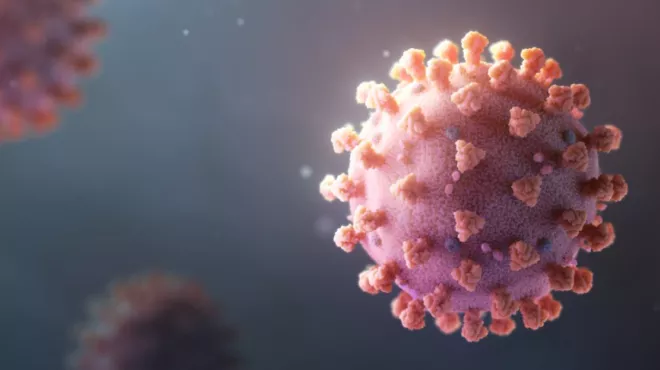Towering above its neighbors on the savanna, the giraffe is a mind-boggling feat of natural engineering.
Consider its size. At over five meters high, the planet's tallest land animal has evolved unique mechanisms to meet the metabolic demands of maintaining its huge skeleton. And as it stretches its two meter-long neck to pull acacia leaves off the trees, the thick muscle walls of a surprisingly small but powerful heart drive blood up to the brain at a phenomenal pressure, more than double that of humans. Special support structures in the arteries withstand 300/180 millimeters of mercury, preventing them from bursting.
As it drops its head down to drink, specialized valves in the neck counter the potentially explosive effects of gravity, blocking blood flowing back into the skull. Meanwhile, a built-in pressure suit in its extraordinarily long legs prevents fluid and blood from pooling in its feet.
Understanding of these remarkable features is still relatively limited. But the giraffe's physiology is a growing area of research for evolutionary biologists and comparative physiologists looking to understand its unique characteristics and apply that knowledge to solving issues in human health.

Edson Barongo Ishengoma, a PhD student at the Nelson Mandela African Institute of Science and Technology in Tanzania, is researching another of the giraffe's particular strengths - its eyesight. Ishengoma spent the summer in Basel, Switzerland as one of 21 participants in the 2015 Next Generation Science Program; an annual three-month research internship run by Novartis and the University of Basel, aiming to build scientific and leadership capability in developing countries.
His fascination with giraffes' vision is understandable. A giraffe can see well over great distances and—with bulging eyes set in the sides of its head—in almost every direction. From an evolutionary biology perspective, keen eyesight has obviously been critical to giraffes' survival. If you aren't the fastest or fiercest animal roaming the grasslands, you had better be able to see them coming. But it's baffling how giraffes' vision is unaffected by hypertension. In humans high blood pressure can damage blood vessels in the retina, causing blurred vision or blindness. How have giraffes evolved to combat that? And do they develop the same eye diseases as humans, such as age-related macular degeneration (AMD)? If not, why not?
"It is early days in our research, but think of the potential! If we compare the visual genes of a giraffe with the visual genes of other species, then we can identify the conserved genetic signatures that could direct us to new therapies for human eye diseases," says Ishengoma.
Giraffe retinal tissue is not easily available, so Ishengoma demonstrated the feasibility of comparing giraffe retinal gene expression with other species by first working with readily available public data sets from human and mice retinas; with guidance from mentors Shola Michelle Richards and Guglielmo Roma at the Novartis Institutes for BioMedical Research (NIBR). He believes his internship at NIBR has set him up for success.

"As a graduate student, getting daily access to scientists at the forefront of their fields - including eye diseases - was a fantastic boost for my research," says Ishengoma.
But first on the agenda for Ishengoma was skilling up in bioinformatics. The discipline is in its infancy in Tanzania, but bioinformatics tools are critical for Ishengoma as he interrogates public genome sequences for visual genes expression analysis.
Bioinformatics enables scientists with the right IT infrastructure and skills to find answers to biological questions from terabytes of data. Now back home, Ishengoma plans to pass his training on and apply for grants to build the high-performance computing clusters required for bioinformatics research.
"I've had great training from Shola and Guglielmo and I'm committed to sharing that with others,” he says. “We can build a strong bioinformatics community here and help to address Africa's problems in human diseases and livestock."
Ishengoma's mentors will continue to support him in Tanzania as he moves on to analyze giraffe retina gene expression data-sets.
"Edson's passion is contagious,” says Shola Michelle Richards. “Hearing him talk about evolutionary biology, you are blown away by his enthusiasm and ambition to advance medicine in his home country.”
Watch Next Generation Scientists 2015 to learn more about Ishengoma and the Novartis program.
Main image: Narawon/iStock
A certain leggy resident of the African grasslands is arousing a lot of interest among evolutionary biologists.



